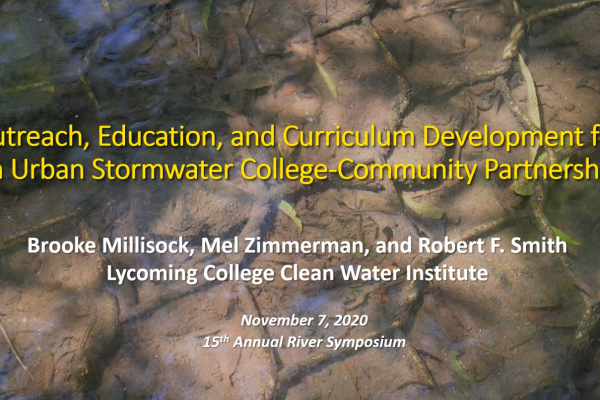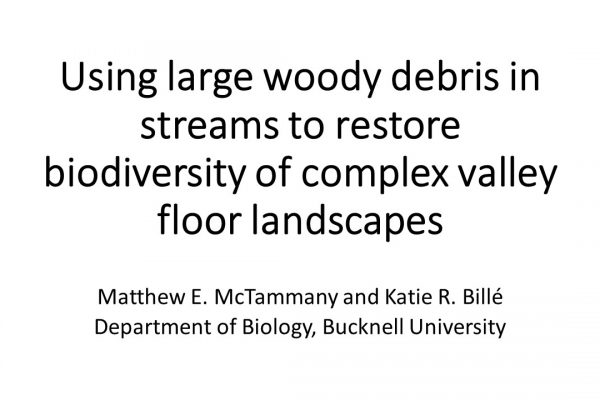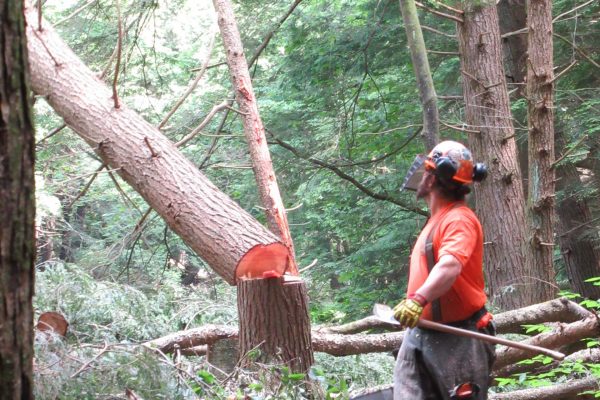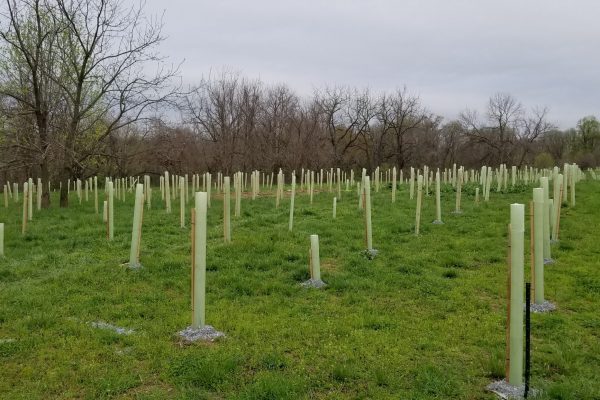Outreach, education, and curriculum development for an urban stormwater college-community partnership
Afflicted by the urban stream syndrome, federal regulations require local municipalities to mitigate the effects of stormwater as a point-source pollutant. Local municipalities, however, rarely have the technical knowledge in hydrology, engineering, stream ecology, education, and social science to design a holistic management program. Universities and colleges have the opportunity…
UNMANNED ARIAL INFRARED AND VISUAL LIGHT DATA COLLECTION ON THE WEST BRANCH SUSQUEHANNA
One of the most crucial processes that occurs in the environment is the movement of groundwater and surface water from high elevation to low elevation. This process would not be possible without rivers like the Susquehanna River, draining both ground water and surface water from the central- western areas of…
Using large woody debris in streams to restore biodiversity of complex valley floor landscapes
Valley floor landscapes contain a variety of aquatic and semiaquatic habitats that depend on interactions between microtopography and the groundwater table. Historical logging in Pennsylvania frequently used stream channels to move timber downstream to mills along rivers, resulting in catastrophic channel erosion that deepened stream channels, lowered groundwater tables, created…
Adaptive Management of Aquatic and Riparian Ecosystems Utilizing Large Woody Materials on the Allegheny National Forest: Setting the Stage for the Little Arnot Run Watershed Restoration Project
Trees and fallen woody materials in streams and floodplains create a diversity of habitats for many species. Centuries of removing wood to straighten streams and reduce localized flooding have negatively impacted aquatic and riparian habitats, as well as have exacerbated flooding downstream. The U.S. Forest Service at the Allegheny National…
Research on Methods for Forested Buffer Restoration: Stone Mulch and Tree Tubes
Research on Methods for Forested Buffer Restoration: Stone Mulch vs. Herbicide Spots and Four Types of Tree Shelters.
Stone Mulch as an Alternative to Herbicide Spots in Buffer Plantings: For forested buffer restoration, protecting sheltered trees from rodent damage with 2A modified stone provides a cost-effective alternative to glyphosate herbicide applications…




